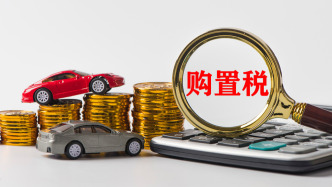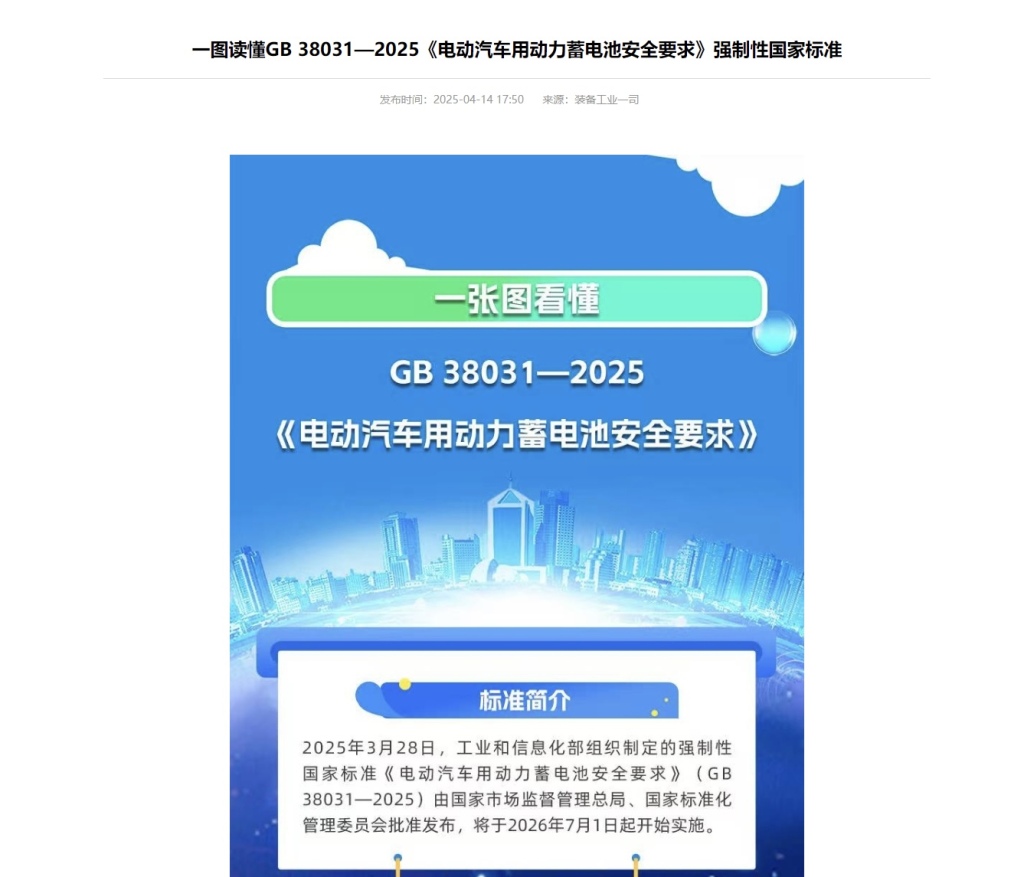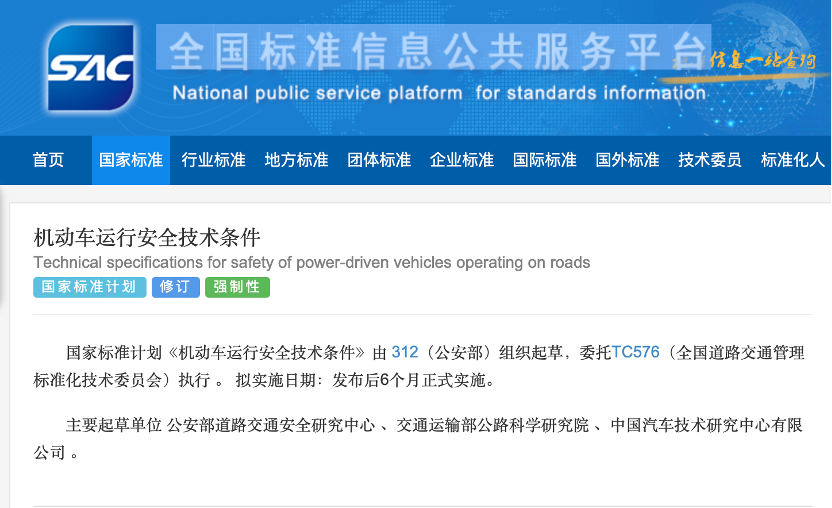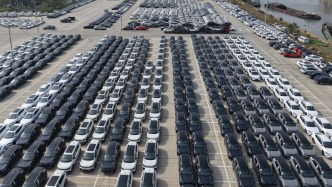
With the normal changes in the purchase tax for new energy vehicles, many new energy vehicle companies have launched a safety net policy by "paying out of their own pockets".
According to the "Announcement on Continuing and Optimizing the Policy of Vehicle Purchase Tax Reduction and Exemption for New Energy Vehicles" issued in 2023, this year is the last year for the exemption of vehicle purchase tax for new energy vehicles; in 2026 and 2027, the vehicle purchase tax for new energy vehicles will be reduced by half, that is, it will be levied at an actual tax rate of 5%, and the tax reduction for each new energy passenger vehicle will not exceed 15,000 yuan.
Currently, the formula for calculating vehicle purchase tax in my country is 10% × [invoice price ÷ (1 + VAT rate 13%)]. 4S dealerships typically provide consumers with a quicker calculation method: vehicle invoice price ÷ 11.3. If you purchase a new energy vehicle with an invoice price of 339,000 yuan or more next year, the purchase tax will exceed 15,000 yuan. Even purchasing a model priced around 200,000 yuan will incur a purchase tax of nearly 10,000 yuan.
As a result, automakers have launched various reassurance policies to reassure consumers who have locked in their orders. According to incomplete statistics, since September this year, more than ten brands, including Li Auto, NIO, HarmonyOS, Xiaomi, JK, Lynk & Co, Zhiji, Changan Qiyuan, DeepBlue, and Chery, have successively launched such reassurance policies.
Currently, many automakers' guarantee policies are still in effect, with subsidies generally provided by "reducing or waiving the final purchase price" and the subsidy amount being "the difference compared to 2025," with a maximum of 15,000 yuan.
Many automakers have set November 30th or December 1st as the deadline for their purchase tax subsidies. For example, Xiaomi Auto's cross-year purchase tax subsidy program allows owners who place orders before November 30th, 2025, to receive a subsidy if their vehicles are delivered in 2026 due to official reasons, ensuring that owners do not incur additional expenses due to changes in purchase tax policies. NIO's subsidy has the longest validity period; those who place orders for the new ES8 before December 31st of this year (inclusive) are eligible for the corresponding purchase tax subsidy.
Regarding subsidized models, many automakers' purchase tax guarantee policies only apply to specific models, generally newly launched models. For example, Li Auto has released purchase tax subsidy plans for the Li i6, and Jike Auto for the Jike 9X. In addition, Changan Qiyuan and Xiaomi Auto have also provided purchase tax guarantees for their entire model lineup.
Previously, industry experts generally expected that the phasing out of the vehicle purchase tax reduction policy would boost consumer enthusiasm for car purchases at the end of the year, leading to a year-end sales surge. However, with automakers successively introducing similar subsidy policies, industry experts have different opinions on the year-end car market trend.
Lang Xuehong, deputy secretary-general of the China Automobile Dealers Association, believes that the car market may not see a significant "end-of-year surge" this year. On the one hand, manufacturers have introduced purchase tax guarantee policies, and on the other hand, the promotional efforts in the car market are relatively moderate. With these two factors combined, consumers will not be in a hurry to buy cars.
In addition, she added that some popular new energy vehicle models are particularly affected by delivery time constraints, and this year's orders will be converted into next year's deliveries.
Currently, many car manufacturers are selling "cars in advance." Taking the Xiaomi YU7 as an example, its official website shows that its current delivery cycle is 35-38 weeks. This means that after placing an order on November 13th, consumers will not be able to take delivery of their cars until July of next year at the earliest. As is customary, the delivery volume will also be added to the month of delivery.
In fact, since September 1, 2014, my country has exempted the purchase of new energy vehicles from vehicle purchase tax. This policy has undergone four extensions and multiple rounds of optimization over the past decade, gradually transitioning from full exemption to differentiated tax reductions, propelling my country's new energy vehicle industry to become a global leader. The phasing out of this policy is a sign of industry maturity, indicating that China's new energy vehicle industry has shifted from "policy-driven" to "market-driven."
Data from the China Passenger Car Association (CPCA) shows that in October, the national passenger car market retail sales reached 2.242 million units, a year-on-year decrease of 0.8%; from January to October, the cumulative retail sales of passenger cars nationwide reached 19.25 million units, a year-on-year increase of 7.9%. The growth rate of new energy passenger vehicles has far exceeded the overall market, with retail sales reaching 1.282 million units, a year-on-year increase of 7.3%; from January to October, cumulative retail sales reached 10.151 million units, an increase of 21.9%.


